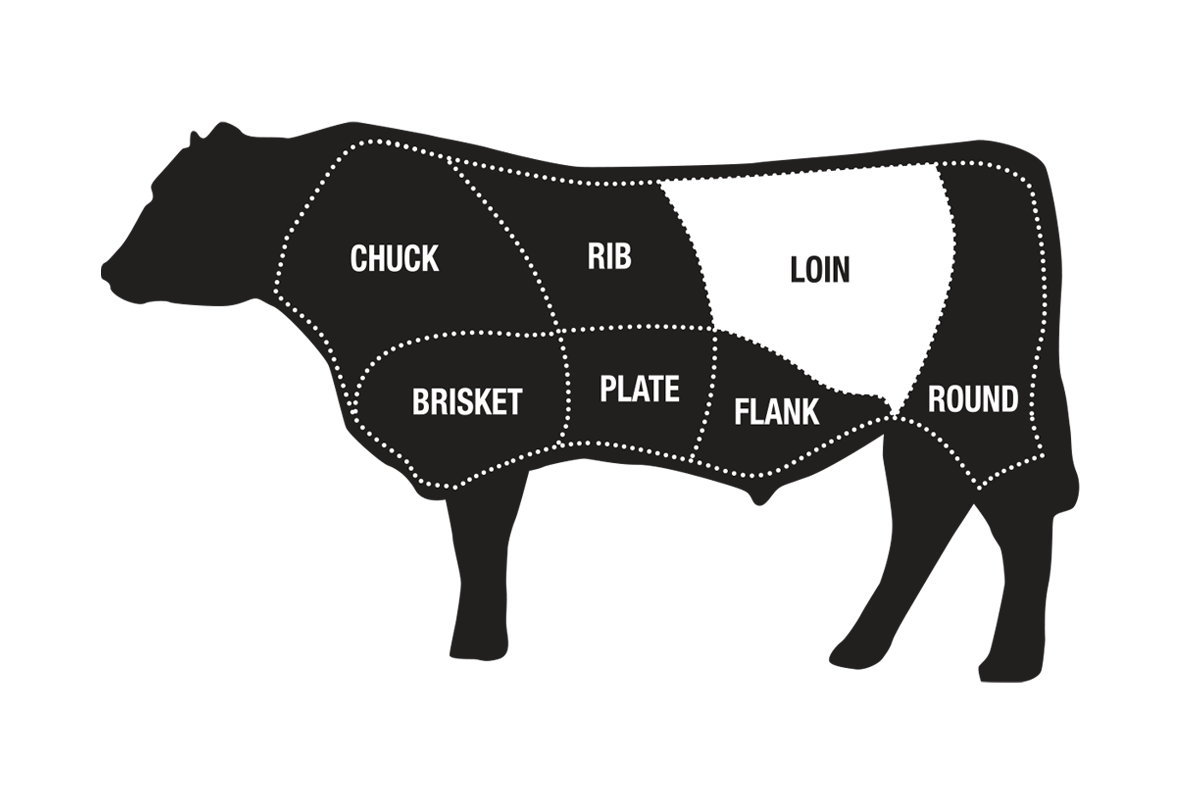Delmonico Steak
Double R Ranch
A luxurious bone-in steak that’s derived from the area between the ribeye and New York strip. Hand-cut to a generous thickness from USDA Prime beef, the Delmonico is a steak experience worth exploring.
Sustainably Raised
Namesake Brand
Grass Fed, Grain Finished
Details
Cooking Tips
Beef Grading
The USDA Prime Delmonico is a steak that’s unlike any other. Carefully procured from the area where the ribeye ends and the NY strip begins, this steak has the richness of a ribeye with the firm texture of a strip steak. Cut from USDA Prime grade beef from the Northwest, this is a steak with the bountiful marbling expected from the top 4% of all beef graded to the USDA’s standards. Hand-cut to a plentiful thickness, the rib bone is left attached to the steak for a high-end dining experience.
The two top USDA grades are Prime and Choice, which have the highest levels of marbling.
USDA Prime is the top grade on the USDA scale with the highest amount of marbling. Only 8 to 10% of all U.S. beef achieves this grade.
USDA Choice falls directly below USDA Prime. Choice beef is high quality and has less marbling but offers an excellent value.











